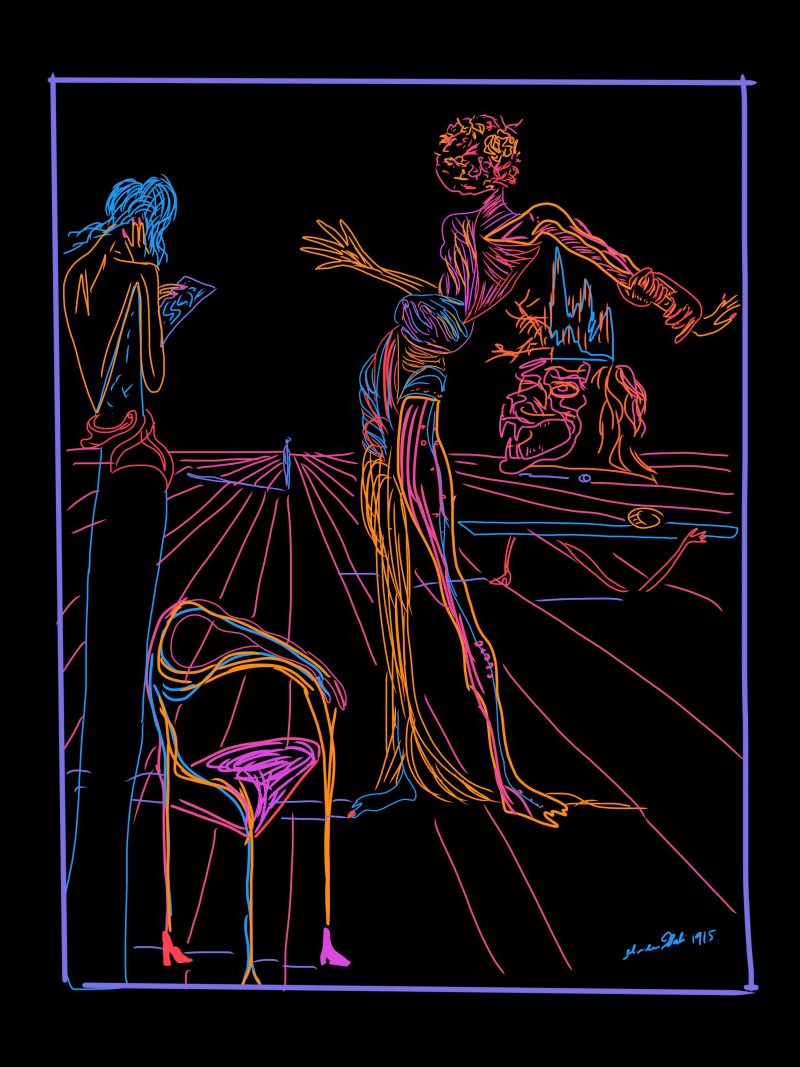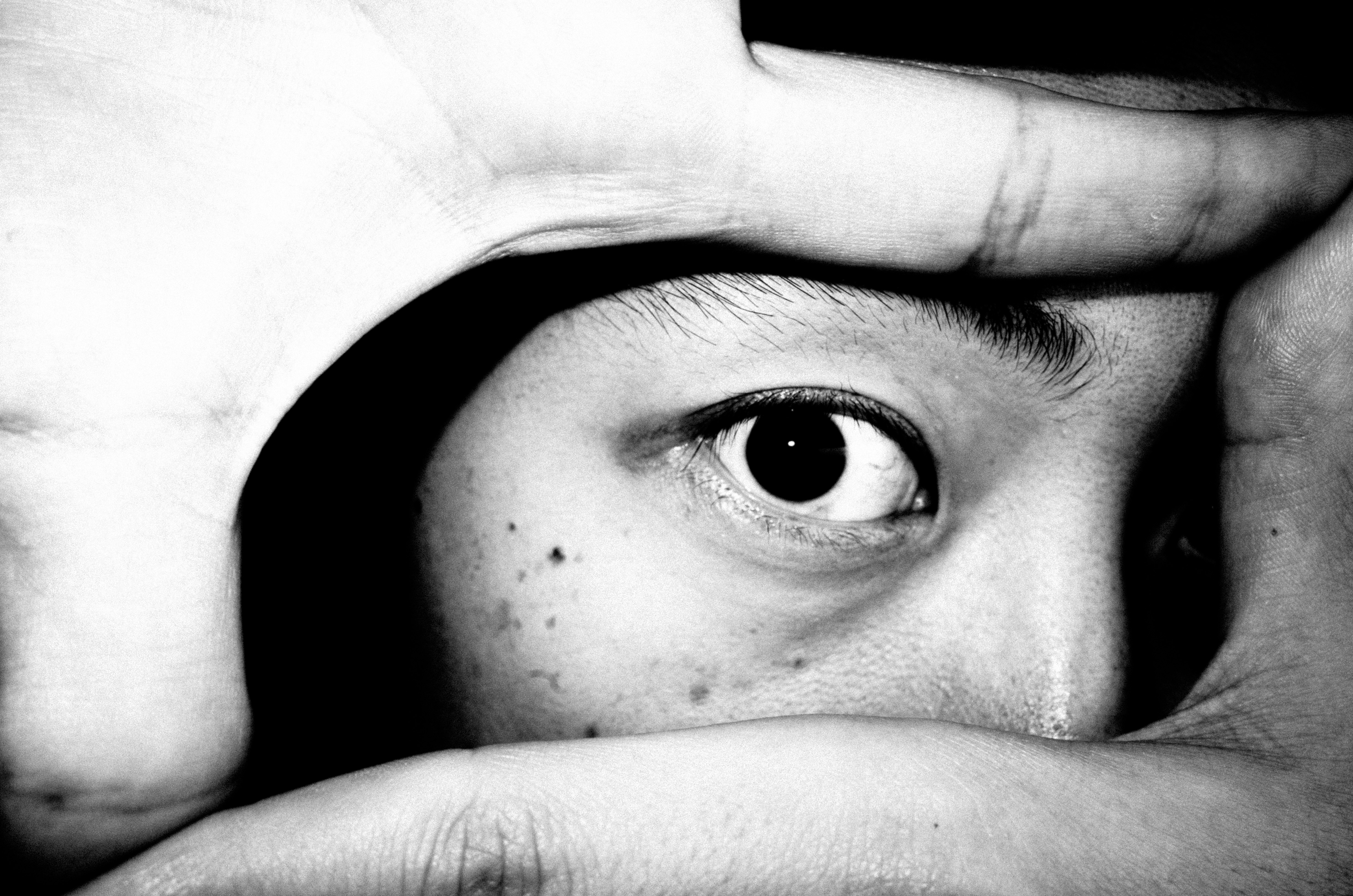
Photography is all about the frame— what you include INSIDE the frame, and what you EXCLUDE from the frame.

It has taken me a long time, but I think I finally understand the point of photography.
It is to gain creative control over our reality. Why? There are a lot of things we find beautiful in life, and ugly.
We decide to include inside our frame what we find beautiful, and we EXCLUDE what we consider ugly from our frame.
What do you NOT include in your Facebook profile?
Consider, how you curate your Facebook profile. Sociologists call this “Presentation of Self” (Goffman).
To present your “self”- you decide what to include in your Facebook profile (like what to choose as your Facebook profile picture, what interests of yours to list, or to upload the fun activities you do) and more interestingly… we decide what to EXCLUDE from our Facebook profiles.
For example, we will NOT show our ugly side on Facebook. We don’t upload photos of us drunk, and passed out, or taking a hit from a bong. We don’t upload photos of us lonely, sad, and miserable,,, watching Netflix alone at home. We curate only the best versions of ourselves.
Photography is curating reality.
In photography, we are curating reality with our frame.

Photography wouldn’t work without a frame.
What painting has taught me about photography

I started to realize the importance of the frame after drawing and sketching and tracing the works of master painters like Salvador Dali.
What Dali was masterful at was his use of perspective. Perspective doesn’t work, nor do leading lines work, without a frame for the action.
Framing and perspective

To explain, look at the image above. It works with the leading lines in the background because of the frame around the scene.
Now look at it WITHOUT a frame,,, you no longer get the sense of perspective (or not as strongly):

Or see how screwed up the perspective gets when we add a jagged, or a non-straight frame:

Or this is a hand drawn frame which isn’t perfectly straight. With a non-straight frame, you don’t get the sense of perspective nearly as well:

Lesson: With art, perspective, and photography… we need a (straight) and rigid frame… in order to present our art and vision of the world.
Divide your frame accordingly.

When you’re framing a scene, know that your greatest skill as a photographer is how you frame a scene. How you section off the parts. How you decide what to include and what to exclude.
Also know that with photography, we are under the tyranny of perspective. There is no way to trick the camera eye, to screw with our sense of perspective, depth, and viewpoint.

Lesson 2: Good photos tend to confuse the viewer, in terms of perspective. So shoot from a very LOW angle, or a very HIGH angle…to add more dynamism to your photos and composition.
Surrealism is breaking free from the norm
If you want to be a “surrealist” photographer (something that Henri Cartier-Bresson aspired to do, but was warned not to by Robert Capa), screw with the viewers sense of perspective and point of view.

Break the third Wall
In art, film, and photography, there is a concept of the “third wall.” The basic concept is that the third wall is the barrier between you (the viewer) and the subject.
Break that wall, by including a selfie of yourself in the photo.

Conclusion
Sorry I’m getting off topic, as I always do.
Anyways, just always think about the frame. Practical assignment:
For a year, don’t crop any of your photos.
This will help you truly consider the frame, and not to forget the importance of what to include or exclude from the frame.
Practical tip: Focus on the edges of the frame, not what is in the center of the frame. By focusing on the edges, your composition will be much stronger.
For example, look at this painting by Dali… see how the diagonal comes out PERFECTLY in the top-right part of the frame:

Another paintings,., see how Dali considered the edges of the frame above everything else:

If you want to better understand perspective, sketch or trace the works of Salvador Dali, as I have done on an iPad and Procreate app:

HAVE FUN,
ERIC
PHOTOGRAPHY COMPOSITION BY ERIC KIM >
PHOTOGRAPHY PHILOSOPHY

Why do you make photos? Reflect in PHOTO JOURNAL:
- How to Increase Your Visual Perception
- Could an AI Shoot the Same Photo as You?
- A Photographer’s Guide to Seeing
- THE LESS REAL YOUR PHOTOS, THE BETTER.
- Photography as Experience
- SHOOT YOU.
- MAKE PICTURES, NOT PHOTOGRAPHS
- Why You Should Ignore Photography and Art Critics
- Do You Live to Photograph, or Photograph to Live?
- Living a Good Life is More Important Than Photography
- How to Start Fresh in Your Photography


